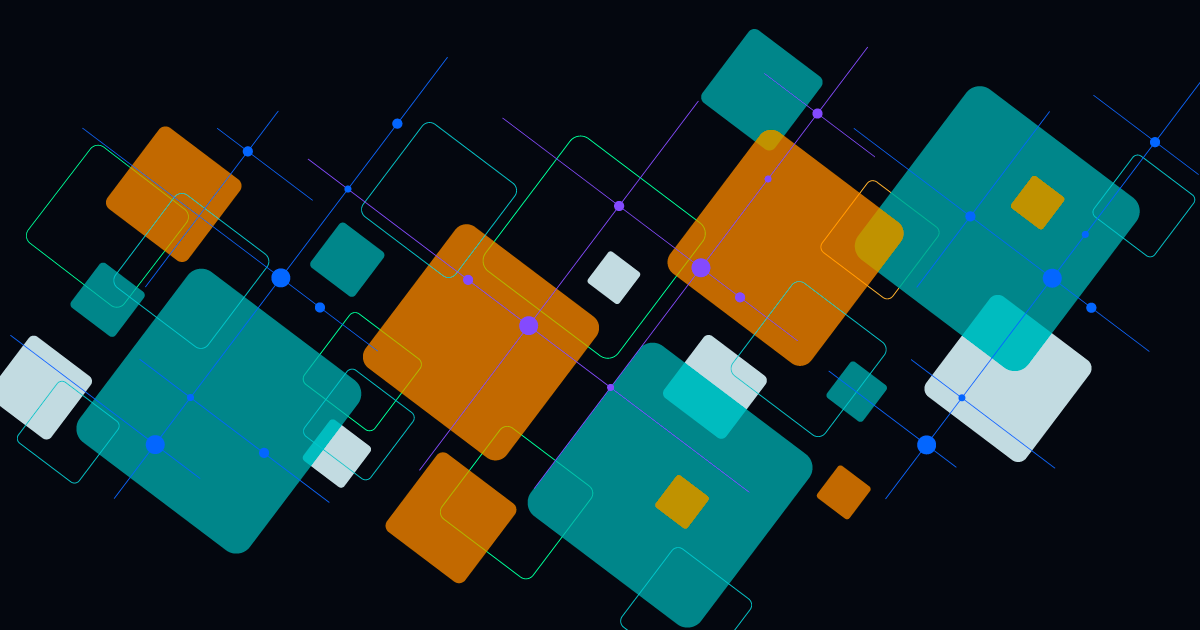
Why Automating IT Incident Response Matters for Financial Institutions
Subscribe to receive the latest content and invites to your inbox.
Last month, the Singapore bank DBS experienced a 10-hour outage of its digital services. Not only was it massively disruptive to customers, but it caused the bank's stock to lose 1.4% of its value in a single day.
And it's not the first time DBS has had to deal with the fallout of an IT snafu. In November 2021, Singapore's finance regulatory body imposed significant additional capital requirements on the bank after its digital banking services were disrupted for two days. The bank had to apply a 1.5 multiplier to its risk-weighted assets to make up for the additional operational risk, translating into an extra $700 million that the bank has to reserve in additional regulatory capital.
The lesson? An IT incident isn't just an inconvenience, but something that can have a significant impact on your bottom line, business agility, and future operations. As financial institutions rely more and more on digital service delivery, their IT teams need to leverage every tool they can to accelerate response times when outages or unplanned interruptions happen.
The Business Benefits of Automated IT Response
That's where automated incident response comes in. By leveraging machine learning and artificial intelligence to streamline triage and remediation, financial institutions can improve their mean time to resolution (MTTR). Automating incident response helps financial institutions with:
- Improving operational efficiency: Automating incident response enables IT teams to focus on high-priority tasks and strategic initiatives rather than get bogged down by manual processes and time-consuming incident management.
- Optimizing the customer experience: Rapid, accurate incident resolution means that disruption to customer-facing services is kept to a minimum, keeping customers happy, instilling trust in your organization, and helping you maintain your brand promise.
- Reducing the risk of financial losses: Every second of downtime can result in financial losses due to interrupted transactions, increased regulatory scrutiny, fines, impact on the stock price, and customers taking their business elsewhere. The faster you can resolve an incident, the less impact that downtime will have on your business.
- Maintaining regulatory compliance: Financial institutions are subject to some of the strictest regulations of all industries. By automating incident response, financial institutions can ensure that incidents are handled quickly and efficiently while adhering to industry standards.
- Increasing their competitive advantage: Embracing IT automation allows financial institutions to become more agile and responsive to changes in the market by allowing IT to focus on strategic innovation instead of putting out IT incident fires.
Automating incident response is something that financial institutions can do partially or end-to-end. Whether simply running diagnostics to eliminate false positives or enabling automation to detect, validate, diagnose, and resolve the incident, IT automation can reduce the mean time to resolution for an incident from hours to seconds.
Let's look at how automation works through each step of the incidental response process.
Acknowledging the Incident
Take a look at the graphic above and you'll notice that about half your incident response time is wasted just understanding an incident took place. By automating the incident detection process, you can leverage automation to immediately trigger a validation workflow as soon as an incident is detected, rather than waiting for someone to notice it and call IT. It also allows IT to start remediating the problem as soon as it occurs, instead of waiting for it to impact operations.
Validating the Incident
Once the incident is acknowledged, automation can then validate the incident using a series of predefined tests to ensure it isn't a false positive. This allows your IT staff to stay focused on the real incidents that impact employees and customers instead of chasing ghosts in the machine. An automated incident response process will also help you triage and prioritize the incidents you focus on, helping ensure that your IT team stays focused on the critical issues that can impact the customer experience or that may expose you to regulatory scrutiny.
Diagnosing the Incident
After determining that an incident is legit, IT automation can diagnose what is causing the incident across all related IT systems and applications. This allows you to quickly get to the root of the problem and determine the most appropriate course of action so you not only fix it for the people the incident initially impacted, but ensure it doesn't happen again.
Remediating the Incident
Based on the findings from the diagnostics phase, an automated incident response may be able to correct the incident without human intervention. This is particularly useful for common, recurring incidents such as low disk space that can bring operations to a halt, but can be easily automated to self-heal almost instantly.
For more difficult issues, automation can take the remediation process as far as possible before handing the ticket off to a human agent for completion, allowing your IT team to use their expertise to solve more difficult problems instead of wasting time solving obvious solutions. Automated reports will capture every action taken so staff knows where to focus their attention, in addition to helping identify new remediation candidates for further automation.
As the financial industry continues to evolve, it's key that IT operations evolve with it. By automating your incident response, you can significantly enhance your ability to address incidents swiftly and effectively, reducing downtime and financial losses.
Learn how Resolve can help financial institutions leverage purpose-built intelligent automation to accelerate, scale, and transform IT operations. Request a demo today.






